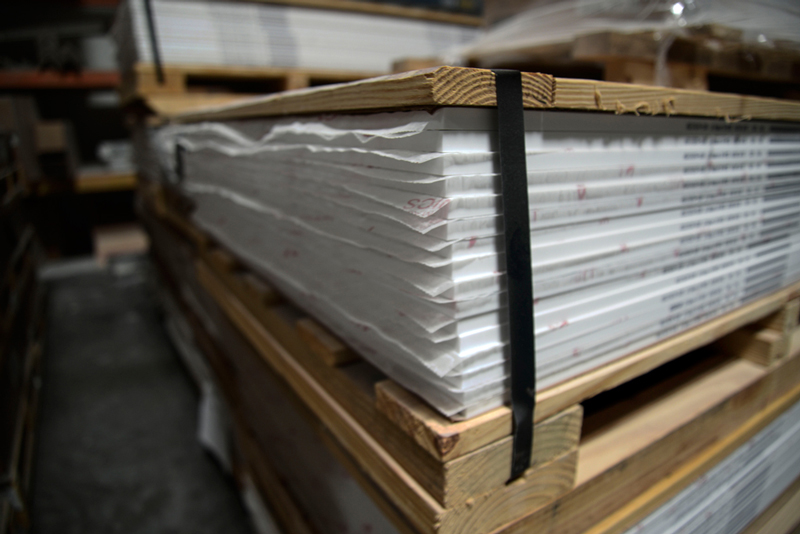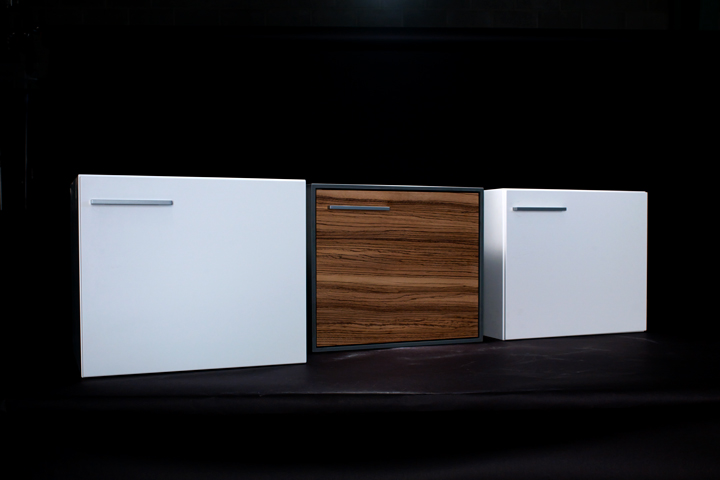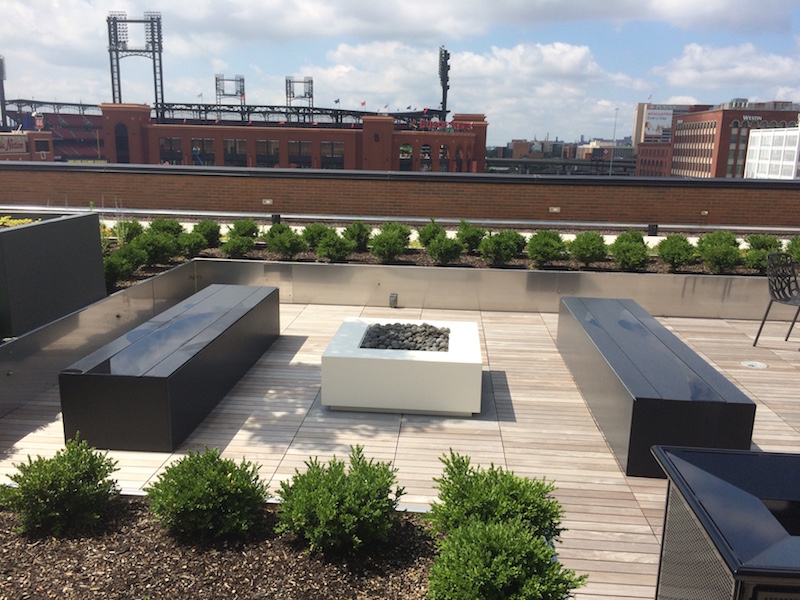Q&A Tuesday: Is solid surface heavy?
You know solid surface is thick, strong and completely nonporous, but you may be wondering, “Is solid surface heavy?” A material so durable and strong must have some drawback. Wouldn’t a product constructed entirely of this material weigh quite a bit?
The answer is yes. Solid surface is heavy. But it doesn’t always have to be.
Not heavy, not light
On the spectrum of traditional building materials, solid surface falls somewhere in the middle in terms of weight. Though heavier than materials such as MDF wood or plastic laminate, it’s also lighter than others. Here’s a look at how solid surface compares to heavier materials such as granite and marble. All weight measurements are based on a 1/2-inch-thick, 30-square-foot sheet of material.
Solid surface: According to LG-HIMACS, solid surface weighs approximately 4.20 pounds per square foot. A sheet of solid surface, then, weighs about 126 pounds.
Granite: A 1/2-inch-thick slab of granite weighs 6.5 pounds per square foot, making a 30-square-foot slab of granite 195 pounds.
Marble: Marble is even heavier than granite. At 6.67 pounds per square foot, a 30-square-foot slab or marble weighs about 200 pounds.
Therefore, while not the lightest material choice, solid surface fairs rather well when compared to these heavier options. Moreover, solid surface products can be made lighter during production, further increasing the material’s potential as a building option.
Shield makes it lighter
We’ve had a number of clients who want to utilize solid surface for its many benefits but don’t want the weight that comes with it. Luckily, Shield has a simple solution.
For those seeking the strength, durability and aesthetic of solid surface, cladding the product in solid surface greatly aids in decreasing the overall weight. For example, depending on the product and the specific needs of the client, we can construct the product’s base with a lighter material such as MDF wood or metal and then clad that base in solid surface. Because there is still a thick solid surface exterior, the product possesses all the benefits of the material without the added weight.
For example, our casework product line features both a 100-percent solid surface cabinet—the Curve—and a melamine-solid surface combination cabinet—the Wedge. While the Curve offers more in terms of durability and sanitation, among other advantages, the Wedge still provides strength, flexibility, cleanliness and aesthetic.
Therefore, if a client is looking for a cheaper product that doesn’t weigh quite as much, Shield can provide them with a high-quality solid surface product that meets their needs and still offers a number of benefits.
Is solid surface heavy?
While other materials such as wood or plastic are certainly lighter, they also do not offer as many benefits as solid surface. Moreover, Shield can manufacture a lighter solid surface product by utilizing lighter materials and cladding those materials in solid surface, thereby maintaining the high-quality that characterizes our company.
So, is solid surface heavy? Yes. It’s definitely not the lightest option. But it’s also not the heaviest option, and, when considering the added benefits of solid surface and the alternative building options Shield offers, it proves a great option for products in a number of environments.
Have a question that you want answered? Tell us. We’d love to answer it in our next Q&A Tuesday.









Sorry, the comment form is closed at this time.